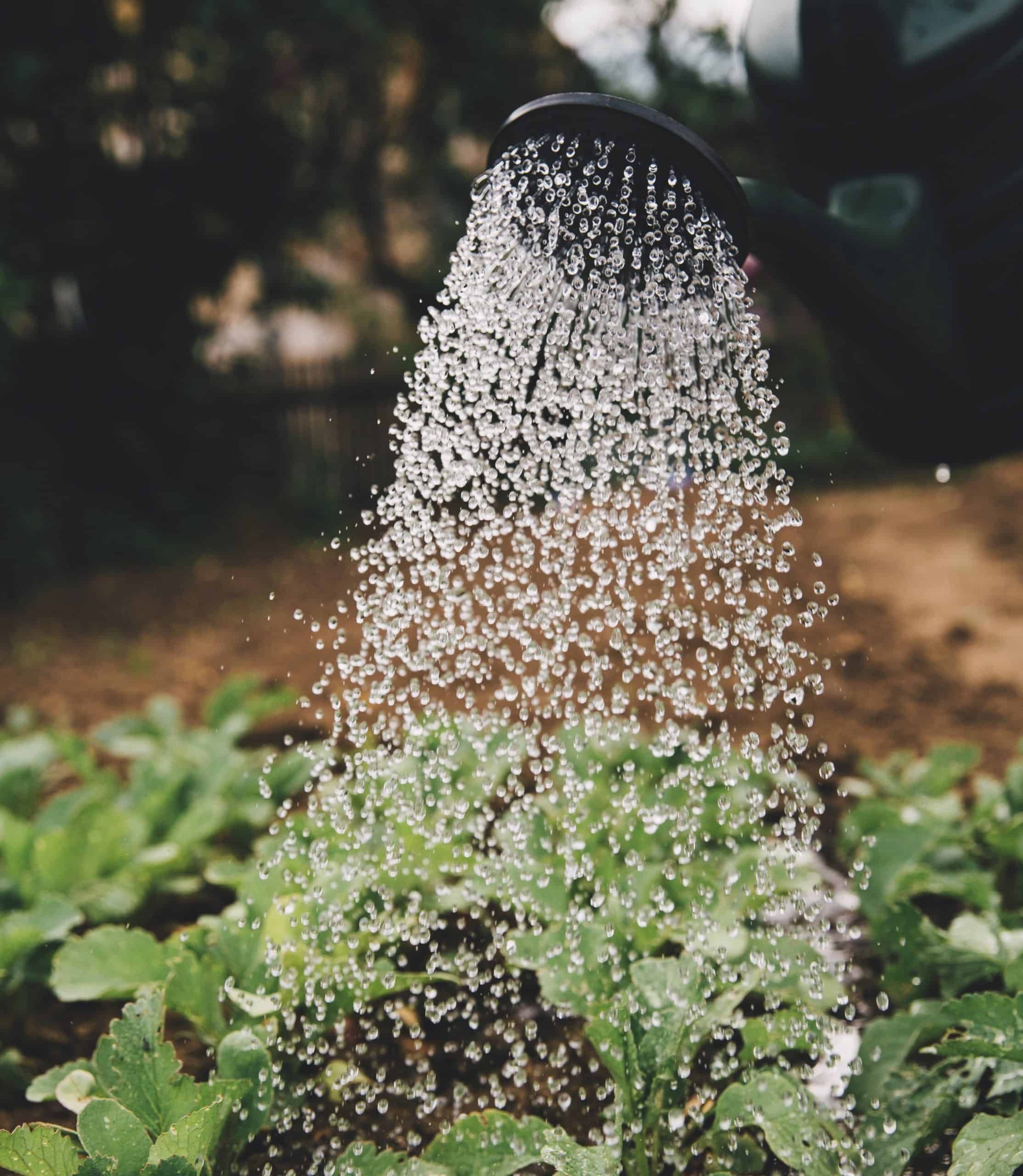
Photo by Markus Spiske on Unsplash
This summer my husband built some raised garden beds and we planted a vegetable garden. All through the summer I watered that garden faithfully. I guarded it from the explorations of the inquisitive one-year-old (who didn’t know better) and the over-zealous five-year-old (who should have known better). I pruned and watched and hoped. And in the end—with three respectably-sized zucchini, a dozen delicious tomatoes, and a handful of picture-perfect but minuscule carrots—I gave it up to the frost and felt immeasurably thankful that we weren’t depending on our garden harvest to see us through the winter. Better luck next year, right?
Lugging the hose around to water the garden every evening and observing how even a little bit of rain did so much more for the plants than a good “artificial” soaking gave me a new appreciation for St. Teresa of Avila’s image of prayer as watering a garden.
Teresa describes her experience with four different degrees of prayer as four different ways of watering a garden. Teresa envisions the soul of one who desires to love and serve God as a garden—God has done the work of planting good seed, and it is up to us to diligently tend and water these plants in the garden of our soul.
The first way is to draw a bucket of water from a well and carry it around the garden. This first degree of prayer takes a great deal of effort, sometimes with very little apparent return. As we are beginning to grow in the life of prayer, we must work hard to establish the habit of prayer, to ignore distractions, and to remain faithful in the battle of prayer.
It can be tedious at times to put in the work of mental prayer, attentiveness in oral prayer, perseverance in silence, and faithfulness to habits of prayer that seem dry or unproductive. Teresa tells us we need to work faithfully to put down and pull up our buckets, even when the well seems dry or we feel too tired to lift our arms yet again:
“What will the gardener do here? He will rejoice and be consoled and consider it the greatest favor to be able to work in the garden of so great an Emperor! … He doesn’t fear that the labor is being wasted. He is serving a good Master whose eyes are upon him.” —St. Teresa of Avila, The Book of Her Life, 11.10
The second way is to get water from the well by turning a windlass or waterwheel and to distribute the water through aqueducts. This degree of prayer also requires effort on our part, but not as much as the first. Teresa says this degree of prayer is a gift from God, not something the soul gains by its own efforts. But we must put in the work first before we are ready to receive the gift: “God gives only to the extent that we efficaciously desire, that is, not merely wish something to happen but take concrete means to fit ourselves to receive it” (Fr. Thomas Dubay, S.M., Fire Within, p. 59).
The third way is a stream that waters the garden. This degree of prayer is even more clearly God’s gift than the second degree. We must still work to direct the water through irrigation channels from the stream to all parts of the garden, but “The Lord so desires to help the gardener here that He Himself becomes practically the gardener and the one who does everything” (St. Teresa of Avila, Life, 16.1). No longer do we labor arduously to keep our mind focused on prayer—our intellect, will, and memory are completely focused on God, but by his work and not ours.
Finally, Teresa describes the fourth degree of prayer in terms of rain falling on the garden to water it. This fourth degree of prayer is purely a gift from God—the soul can do nothing to make it happen, only wait and receive it. This prayer is not complex or laborious, but rather the simple silence of contemplation: “a gaze of faith fixed on Jesus, an attentiveness to the Word of God, a silent love” poured into our hearts by God (CCC 2724).
Throughout Teresa’s image of prayer we find that it is God alone who supplies the water. He asks us to work diligently in tending our garden, and he leads us along the way of prayer supplying new and more abundant water according to the measure of our desire and preparation. Surely we would all love to leave off toiling to draw up water from the well and simply enjoy the gentle rain of infused contemplation, but Teresa tells us that we cannot rest at the feet of Jesus with Mary until we have been willing to work with Martha.
This work will surely be rewarded. Whether we toil at the well for a few drops of water or are flooded with rain, the garden of the soul tended faithfully in prayer will yield an abundant harvest of virtue.


Beautiful Ashley. Thank you!
Im reading The Way of Perfection right now and I’m astounded by her powerful metaphors. I can’t wait to read The Interior Castle next!
Thanks for this beautiful post about her writing!